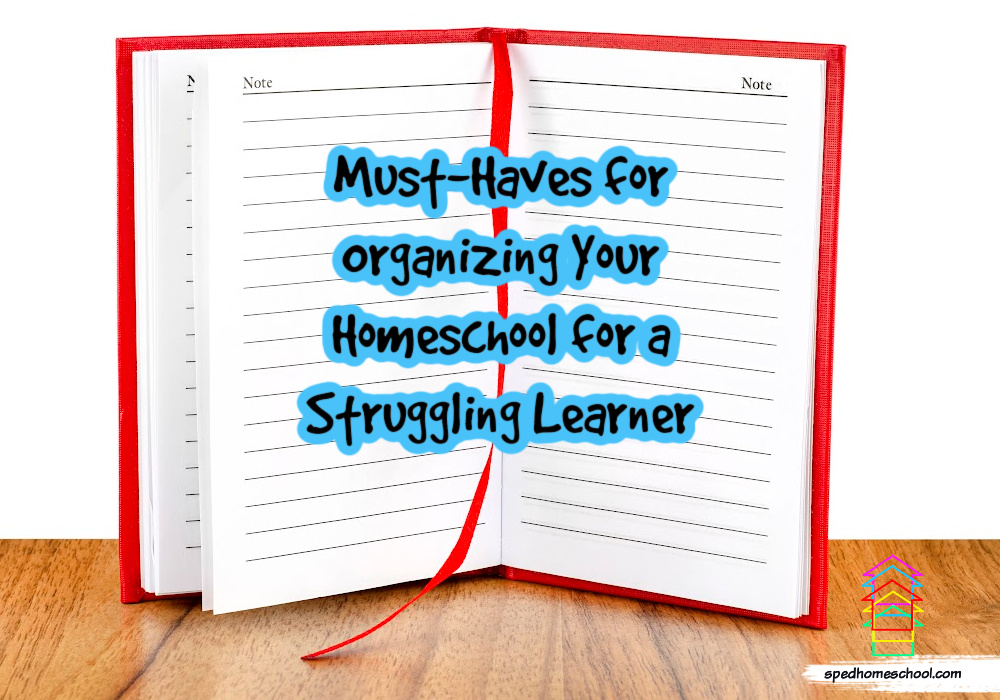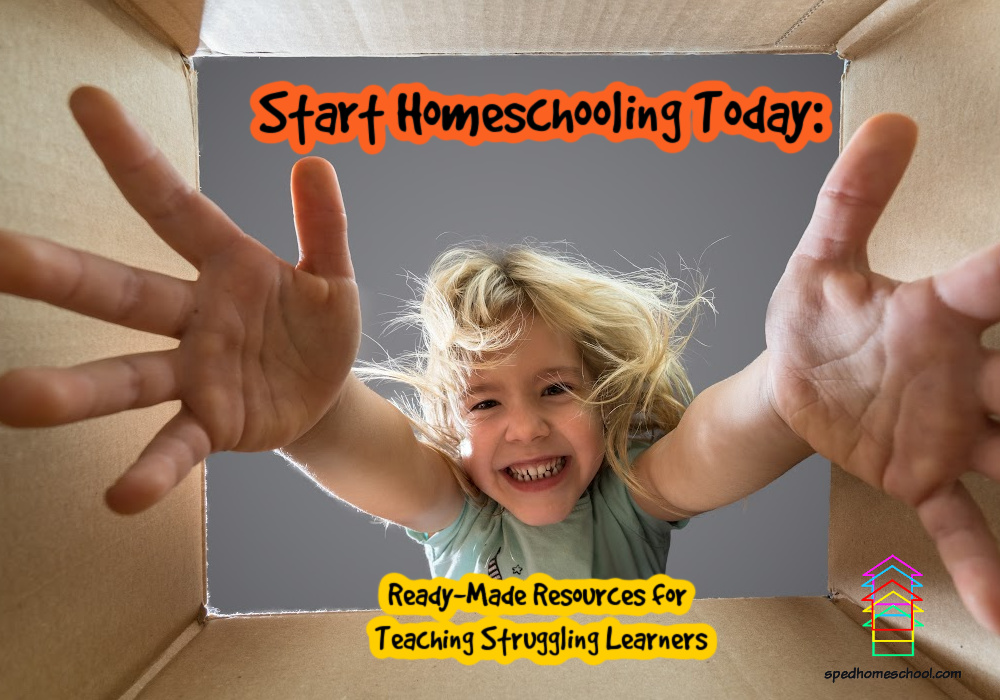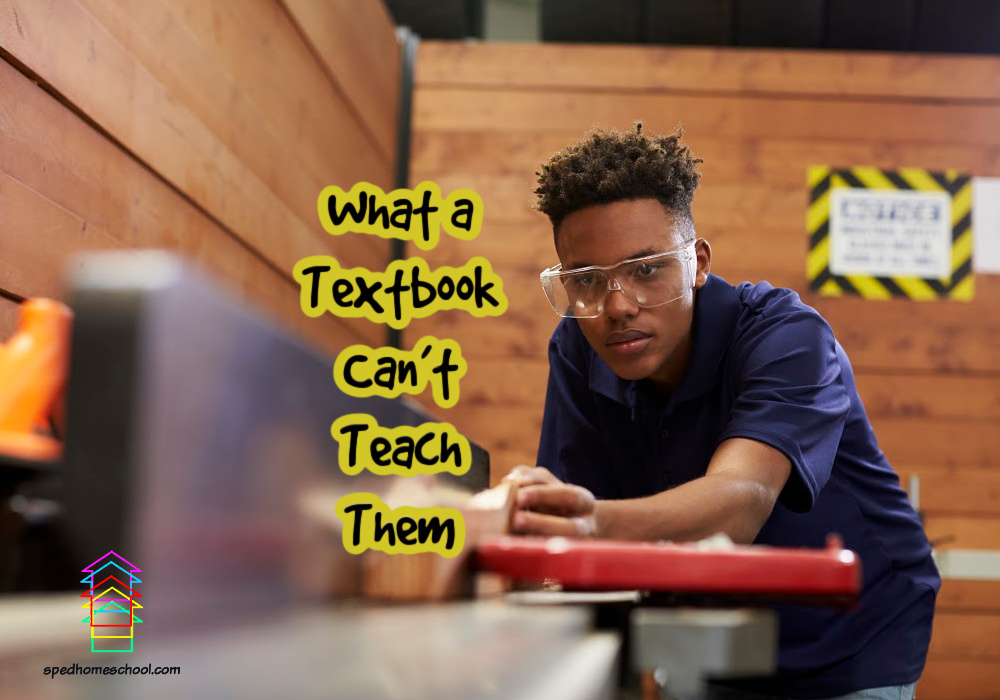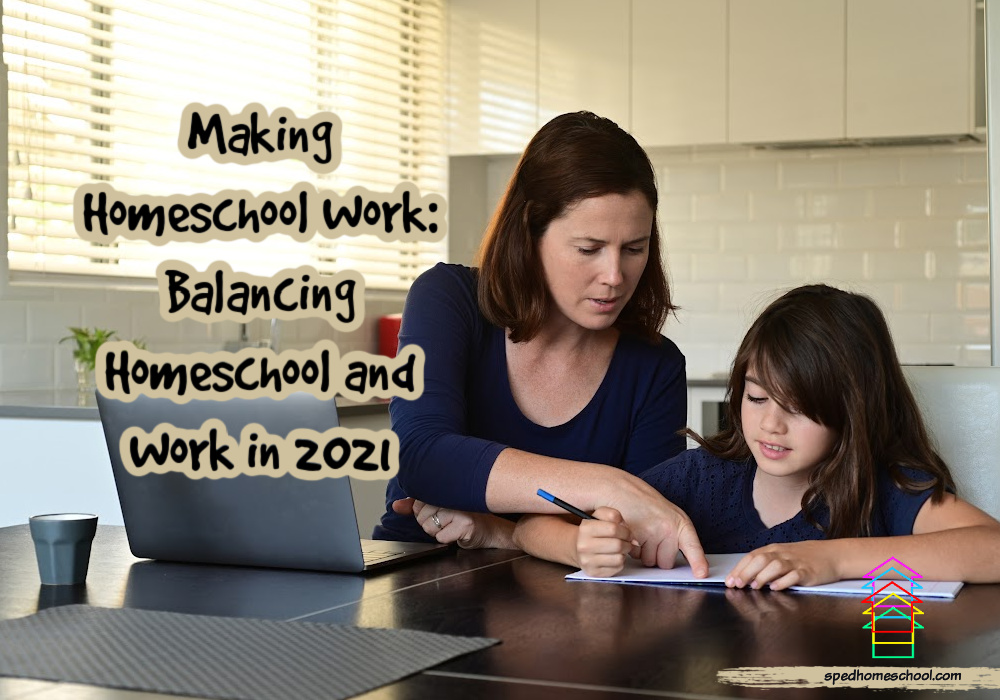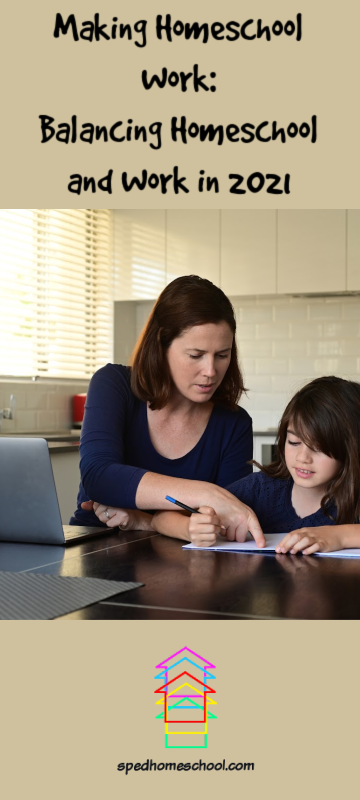How does your learner gain job experience and valuable references for future positions? It isn’t as easy today as it used to be for teens to find employment during their high school years. When most of us were our kids’ ages, jobs were plentiful at fast-food restaurants, grocery stores, and many other retailers. Many of us worked after school at places where now middle-aged adults are found behind the counter. In 1993, 30.5% of students enrolled in high school were employed versus today when 18.2% of students have after-school or summer jobs. That is a staggering drop and means that not quite 1/5th of our high school students have any work experience before graduation.
So how do we fill that experience gap? Volunteering is a wonderful way!!
Kids can volunteer in a wide variety of roles! In our family, we have done volunteering at the local food bank, animal shelter, library, homeless shelter, and nursing home. Let me share with you some of the benefits our kids have gained from volunteer work:
1) They have to take direction from an adult supervisor other than mom. They learn they cannot negotiate to get out of something they would prefer not to do. They must do a job to the satisfaction of the supervisor, and they may receive constructive criticism. Many homeschoolers have a great amount of flexibility at home, which is one of the beauties of homeschooling, but that flexibility is not always found on a job. Learning this can be helpful! Also, when we are young, it can be HARD to take criticism from someone in authority. This can help strengthen our kids to accept and learn to hear a helpful critique from an outsider.
2) Being around a variety of people helps broaden their worldview. Volunteer work sites usually expose kids to young, old, and everything in-between! Some seniors want the structure of having someplace to go, folks who have been court-mandated to be there, and the disabled for whom volunteering is part of their daily program. Interacting regularly in a safe setting with such a wide range of personalities and life experiences does far more to help your child grasp “real life” than any book or film can do.
3) There is something special that comes with working alongside adults and keeping up with them! Children gain a sense of accomplishment from doing the same tasks as adults do, and it goes a long way toward encouraging more mature behavior. Add in compliments from those outside the family for a job well done, and you have a recipe for developing a strong sense of self-worth.
4) Real business skills are learned “on the job” that can translate well to the world of work! Volunteer organizations offer the chance to learn things such as inventory management, safe food handling, and product rotation, as well as secretarial tasks such as answering multi-line phones, accounting, and data entry. Time management, project planning, and more are all practiced in volunteer jobs. Our kids learned all of these skills by volunteering, as well as career-specific skills like library science and animal husbandry.
5) Volunteering allows youth to “try on” a career to see if it “fits”! There is nothing worse than spending money to learn a trade or gain a certification, only to realize you absolutely hate it after being hired. Offering services free of charge often helps a learner gain entry to a setting to test the waters, and learn more before making an educational and financial commitment to a particular career.
6) In many settings, volunteering can be a very humbling experience. Handing food to those who don’t have enough to make it through the week or sitting down to a meal at a table full of homeless men and women or holding hands bedside with an elderly person who is desperately lonely can all bring about new awareness and a sense of gratitude to a teen who can often be caught up in their little world. Humility is not something that many of us think about developing in our children, yet it is a quality most of us wish more people in the world had today. Volunteering can bring us a new understanding of those less fortunate, and help keep us from demonizing them or putting them all in one category in our minds.
7) The website HelpGuide.org offers this as food for thought: Volunteering offers vital help to people in need, worthwhile causes, and the community, but the benefits can be even greater for you, the volunteer. Volunteering and helping others can help you reduce stress, combat depression, keep you mentally stimulated, and provide a sense of purpose. In other words, we feel better when we help others. Teaching your kids how reaching out to those around them can also change THEIR lives for the better!
8) Though I prefer better motives for volunteering than this last item, I recognize the truth to it and it is still a benefit. I would encourage you to consider adding volunteering for other, less self-centered reasons. Steady volunteer work with one or two organizations can be a terrific addition to a college application or a job reference for those first forays into employment. A volunteer supervisor can attest to a young person’s diligence, responsible behavior, and skill level in certain tasks. In other words, they can offer the next best thing to a job reference when someone doesn’t yet have prior employment.
There are many more benefits to be gained from volunteer work, and including volunteerism as part of your homeschool day can be life-changing in so many wonderful ways!
————————————————————————————————————————-
Cindy LaJoy is a Special Needs Academic Advisor and Educator at True North Homeschool Academy, runs Blue Collar Homeschool, and recently co-authored, Blazing New Homeschool Trails, with Natalie Vecchione.
